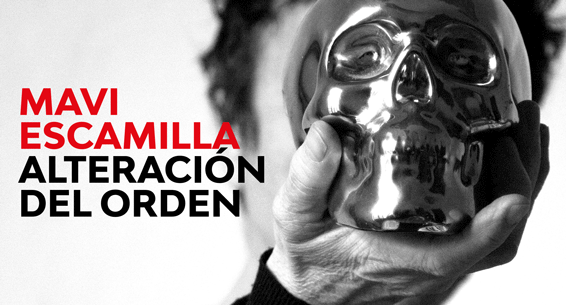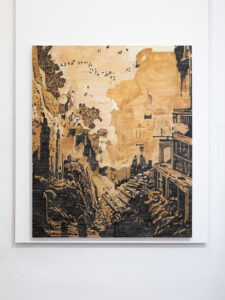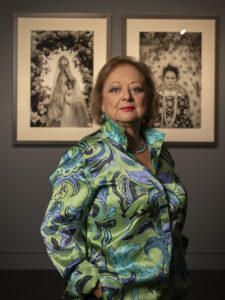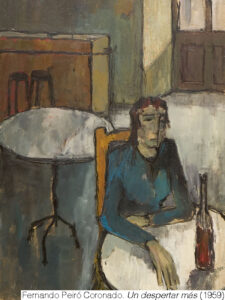VAT. Guillem de Castro, 118
Joan Miró he never wanted to canonize art, but to continually question it, until the end, as a way to express your love for him. With this same spirit, the curator of the exhibition order and disorder, Joan Maria Minguet Batllori, wanted to remove Miró from the sanctuary in which we usually sacralize the great figures of art to question him face to face, without the weight of the great name that has been fundamental to understanding the art of the 20th century. Although he never formally joined the movement, The Catalan artist was one of the great authors of surrealism, in your case, tending towards abstraction or, as he liked to say, to the spiritualization of reality. His career was born from the Avant-garde and his work ended up being absolutely modern.. With this exhibition, IVAM breaks with the inexplicable absence of Miró at its headquarters during the 30 years of life that are commemorated this 2018. This is the great icing on the international vocation of the anniversary cake.. Attracting visitors with Miró is easy, but contributing something different to what is already known when it comes to a very famous artist is another story.. Minguet has chosen to show a heterodox vision of the most combative and radical Miró.

But let's start at the beginning, by the first paintings influenced by the post-impressionism of Cézanne and Gauguin that failed miserably in 1918. With them, We will also see highly significant works from his career such as his characteristic visual alphabet and his canvases of simple colors and shapes but with a high symbolic and poetic content., sometimes calm and dreamlike, others infected I was empty of horror. “A child can do that.!”, some will exclaim. Miró, much debated over the years 70, I would answer that it takes very little time to make a line, but months, even years in conceiving it. He was a provocative artist who never stopped experimenting – especially from the 1970s onwards. 1930 (collages, abstract sculptures, violent exalted paintings…) – and came to want to “murder the painting” (1927). He did it years later, at an exhibition at the Grand Palais (1974) for which, eighty years old, attacked, burned and destroyed the fabric, the support of your work. Pure dematerialization of painting that Minguet understands as disorder within an order. a few years before, in 1969, had dared with a kind of happening at the College of Architects of Barcelona, which shows that he always wanted to go beyond traditional painting. He had a fight with her and ended up drifting towards other languages..

In the last section of the exhibition, the IVAM shows its most social work: its expansion into non-narrative performing arts (danza, circus and puppets) like his collaboration in the work I died the Merma from the Claca theater company, and towards the street with public works. We will see a good example of his love of poster art. (He was the artist of his generation who made the most posters) and his dalliances with sculpture and ceramic murals, that ended up being modified by the unpredictable action of the oven. like the dadaists, Miró was attracted to the idea of chance playing a role in art. IVAM's first major exhibition this 2018 guts an icon of 20th century art, bold, committed to the problems of his time, politician in his own way, contradictory and absolutely modern. Able to create an ordered world and then subvert it S.M.















